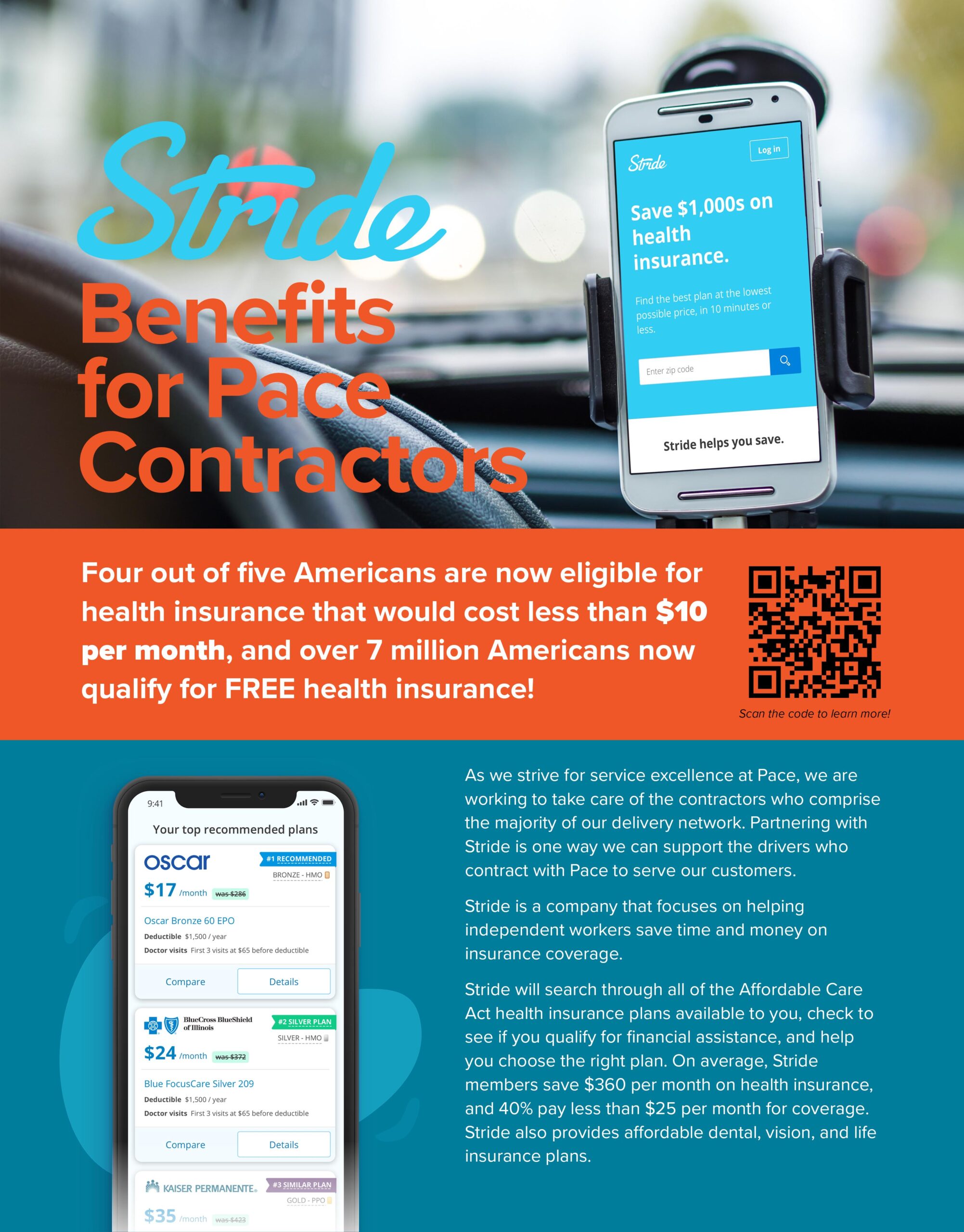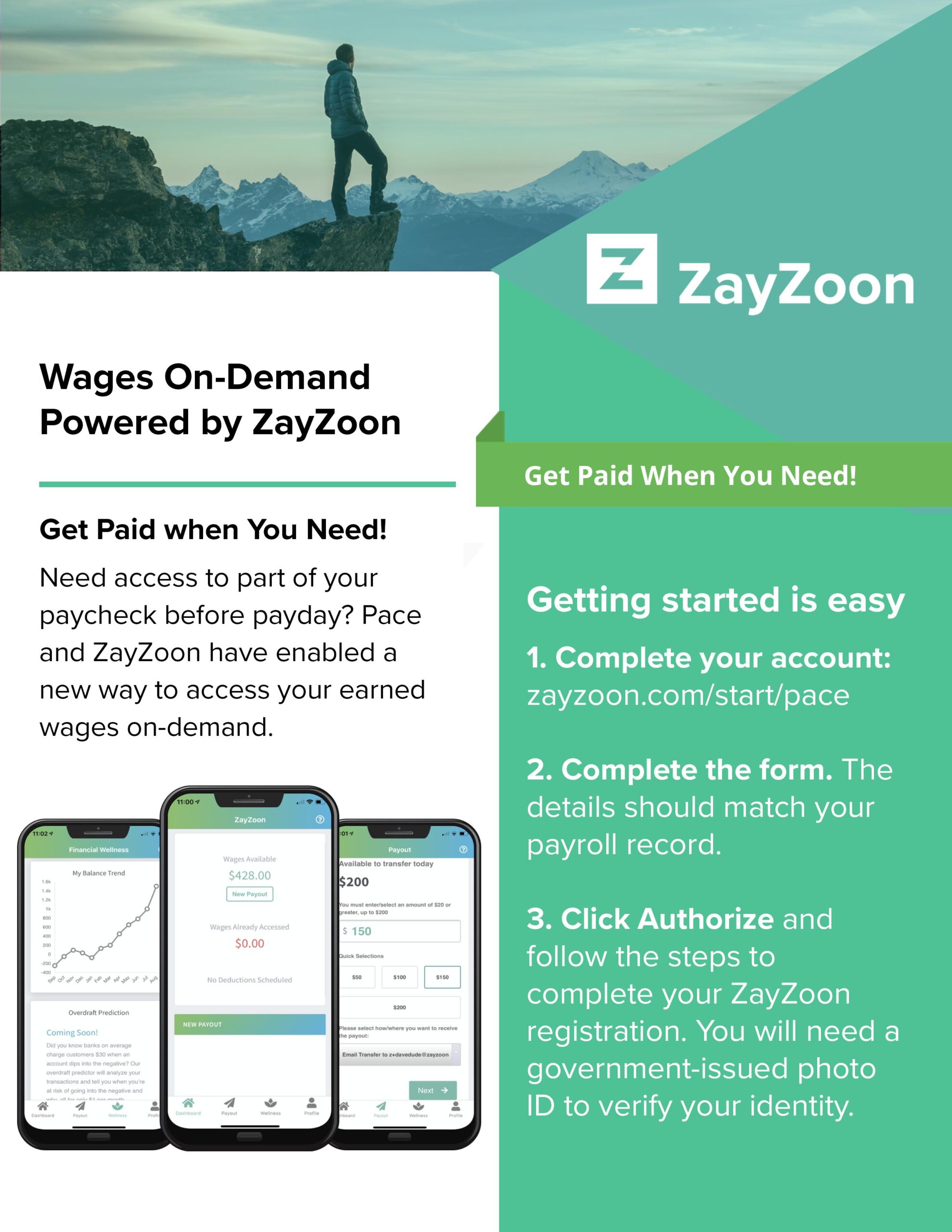
Is there really a driver shortage in the freight transportation industry? Is the capacity crunch here to stay for awhile? According to a recent article in TIME, The Great American Trucker Shortage Isn’t Real, 1.5 million workers were employed in trucking in October 2021. This number represents 1% fewer truckers who were employed in October 2019, just prior to the COVID-19 pandemic economic restrictions. 1.5 million employed in the trucking industry is also over 15% more than than were working in 2011. TIME also reported that the growth in trucking jobs was higher than overall non-farm employment, which is lower by 2% from October 2019.
Despite these statistics, various sources in the transportation industry peg the driver shortage anywhere from 60,000 to 80,000 drivers. The American Trucking Association (ATA) says that our driver shortage number is hitting an historic high of just over 80,000 drivers. The figure is derived as the difference between the number of drivers currently in the market versus the optimal number of drivers based on freight demand. Demand is growing, yet we can’t find enough drivers fast enough. So, what is happening beneath the surface of the driver shortage?
In an ideal free market system, the pricing for goods and services is set by the give and take between supply and demand until an equilibrium is reached. A free-market system functions best in an environment where information flow is fair. Although it’s possible that the driver shortage concerns occurring in today’s freight transportation industry might very well be a symptom of the much reported “Great Resignation” occurring in the broader labor market, it’s also likely that inequality of bargaining power, poorly formed perceptions, and information imbalances are playing a role.
What we may be seeing is the free-market economy sorting out some major factors impacting the driver labor and capacity pool. Addressing these factors may serve as tactics to tackle your capacity crunch and strengthen your driver base in 2022.
- Working conditions
- Driver pay
- Driver recruiting and retention
- Biased perceptions
Consider Working Conditions
Drivers are reportedly leaving the industry in search of jobs that offer better pay, more comprehensive benefits, and improved working conditions, similar to other workers taking part in the “Great Resignation”. While there is data suggesting that employee turnover was already on the rise prior to COVID-19, technology today makes it easier to look for new job opportunities on demand through the use of mobile apps, notifications, and nuanced matching software. Truck drivers may in fact be just one category of the many different professionals who are taking part in the movement to exercise more agency and mobility in the job market.
Working conditions are cited across many fields of employment as a reason to look for a new job, and trucking is no exception. Some truckers may not be entirely satisfied with the on-the-road lifestyle and are searching for another line of work. Common considerations include detention and delay frequency, access to adequate safe parking and restrooms, and state and federal regulations.
Some drivers are weighing their potential income against hours of service (HOS) regulations. According to the Federal Motor Carrier Safety Administration (FMCSA), hours-of-service regulations vary for property-carrying drivers versus people-carrying drivers. Currently, property-carrying drivers may drive a maximum of eleven hours after ten consecutive hours off duty. Beyond this, there are other rules, including the fourteen-hour rule, the 60/70-hour limit, and the thirty-minute break rule. While regulations are designed for safety, many drivers are finding it challenging to adapt and comply while others are viewing their income potential as being capped.
Over the last several years, drivers who must keep records of duty service (RODS), have also had to adapt to using electronic logging devices (ELDs). Electronic logging devices watch data from a vehicle’s motor and allow law enforcement to quickly and accurately check activity to ensure drivers comply with hours-of-service regulations. 2019 marked the full compliance phase of the ELD mandate, meaning all drivers who are required to keep records of duty service had to comply with the use of ELDs, with few exceptions. For some drivers, especially those who operate multiple vehicles, the ELD mandate complicates things. Further, ELDs aren’t perfect, and there’s always opportunity for fraud or even simple malfunction. Some drivers are choosing to leave the industry as a result.
Drivers continue to bring awareness and advocacy to their working conditions. From finding safe parking spaces to detention and delay issues and from HOS regulations to ELDs, working conditions are a continuous topic for improvement to support and retain our nation’s fleet, not to mention grow it to meet the boom in demand.
Attend to Driver Pay
Pay for truck drivers is on the rise. Trucking firm CR England announced last April its third and largest driver pay raise in three years, amounting to over 50% in total increases. But is an increase like this in driver pay enough to fill the vacancies? Higher driver pay comes with increased rates for shippers. As demand skyrockets with the boom in e-commerce volumes, shippers understand the dynamics at play. While endless trucking companies increase pay for drivers, the big quit is on, and the search endures for more drivers to meet evermore demand. The need to meet driver pay demands is underway and will continue to be a factor in filling the shortage of driver rosters around the industry.
Focus on Driver Recruiting and Retention
As trucking companies, in-house fleets, third-party logistics providers (3PLs), and brokers struggle to meet the demand for drivers, a renewed focus on driver recruiting and retention is at hand. A recent paper published in ELSEVIER -Research in Transportation Economics shows that fleet operators who pay attention to driver retention may indeed save money in the long run.
Recruiting and retention in the freight transportation industry is slowly getting the attention it deserves. Tactics to meet driver demand include:
- Employ a driver or fleet management software. Leveraging this technology is a win-win and makes it easier for drivers to improve safety, vehicle maintenance, performance metrics, and communication.
- Ensure that onboarding, paperwork, and payment are streamlined. Making it easy for drivers to get paid is a tried-and-true method for keeping them.
- Show appreciation for the driver workforce. Recognizing drivers for safety, service milestones, and performance improves the culture and non-monetary benefit of driving with a certain freight transportation company.
Overall, as more attention is paid to driver recruiting and retention, these tactics may become the baseline in meeting driver demand and managing a driver shortage.
Confront Biased Perceptions
There are no illusions, being a truck driver is a skilled job that requires specialized training, certification, and a commitment to the required lifestyle demands (particularly for OTR truckers). However, the demand is there, and as working conditions, pay, and driver retention are addressed in a give-and-take free market manner, there exists an opportunity to recruit more people across the boundaries of gender, ethnicity, education, and socio-economic status.
FleetForce is a truck driving school headquartered in Florida. FleetForce CEO Tra Williams was recently interviewed by Business Insider about the driver shortage and said that it’s not always true that drivers are subject to low pay and are poorly treated, and that this false narrative is helping to contribute to the driver shortage.
“The problem is the perception that trucking is for people of low skill, low education, who are OK with low wages. All three are factually incorrect,” said Williams.
Williams said: “Bridge the gap between perception and reality and on the other side, millions of young professionals will find a highly compensated career opportunity where they can literally be their own boss within a matter of months. Tell that story. Celebrate that.”
Williams says that their graduates are competitive in starting wages with college graduates, with starting salaries between $50,000 to $65,000 per year, after only five weeks of training.
False perceptions also abound that truck driving is a “man’s job.”
“Au contraire” say many in the industry. The Women in Trucking Association reports that women currently make up approximately 10% of all truck drivers in the United States, but that percentage is growing. Writing in HNI.com, Account Executive Debbie Klein makes the case that “It’s time to start recruiting women truck drivers.” Klein states that women are the next generation of drivers to “recruit today.” She recommends fleet operators and others in the industry develop a campaign to advertise “women to women,” to develop circles of support for women drivers, to remember to keep family life and work life in harmony (clever ideas for driver retention regardless of gender, age, or ethnicity), and to tailor messaging and extras to offer to women drivers, such as wellness guides, self-defense instruction, and blogs to read on the road. Overcoming false perceptions is no easy feat but will certainly help fill the gap in driver supply and demand.
Pace-USA driver, Certified Driver Trainer, Safety Committee Member, and Regional Supervisor Marlynn Mays agrees with Ms. Klein that it is time to start recruiting women truck drivers. As a mother of six (including two sets of twins), Marlynn says “There are so many positive things about being in this profession.”

Marlynn’s heritage is CDL rich. “There were a lot of CDL drivers in my family,” she said. “I was a quality control warehouse inspector when my husband passed away in 2002,” she continued. “I had six kids to raise. I realized I needed a change, I needed to re-invent myself, raise my family.”
Going back to her roots, she decided to take the necessary steps to obtain her CDL Class A license. It took time, but she put her plan to work. “I called a recruiter at CRST. They put me on a bus to Cedar Rapids, Iowa, and I completed the study program and passed the test to get my license,” she said.
This led to her job as an over the road driver for Swift Transportation. “I drove loads to all of the lower 48 states,” she said. “Donner Pass in the Sierra Nevada. Carlsbad Caverns and Roswell in New Mexico. Grand Teton National Park in Wyoming. New York, Connecticut, Missouri. Picking up LG TV’s – a high value load – at the border in California. You name it, I went there.”
Marlynn said that being an over the road driver enabled her to see many interesting places and landmarks in the United States. “When I was in a certain place, and there were things to see, I could get an Uber to take me places while I was there,” she reports. “Plus, I had friends and family in so many places, I frequently had a meal and a hot shower waiting for me.”
Eventually, her manager at Swift was named terminal manager for Floor and Décor in the port city of Savannah, Georgia and brought Marlynn along with him. She took a training course to be a certified driver trainer.
The job at Swift eventually led to other jobs at LAT Express Link, CR England, Prime Inc, and then to become her own boss as a contractor for FedEx Ground in Zanesville, Ohio where she was the first woman owner-operator there.
Her viewpoint? “I think that the industry could do a lot of good by jointly focusing on recruiting more women into the driver’s seat,” she said. “Stop competing with each other as much as advertising to women that there is a place for you in the profession.”
Speaking to potential women drivers, she said “I want to encourage them. Depending on your circumstances, it is an excellent job, and you can do it.”
While getting women into the workforce may be no easy feat, as biased perceptions can run deep, firms and trucking organizations are already getting on board. Alabama Trucker, The Official Publication of the Alabama Trucking Association, has launched a “Real Faces of Alabama Trucking” campaign to “ensure a sustainable future workforce for Alabama’s trucking industry.” This campaign is one such example of the effort to overcome false perceptions about trucking and to address the needs of the trucking industry head on.
In short, the demand for drivers is booming. Many in the industry suggest we need to add 60,000 to 80,000 drivers to meet freight transportation needs. While we are experiencing a labor shortage across markets, there are specific factors at play beneath the surface of the driver shortage. Working conditions, driver pay, recruiting and retention, and biased perceptions are four essential factors to consider as you tackle your capacity crunch and build a strong driver base in 2022.









